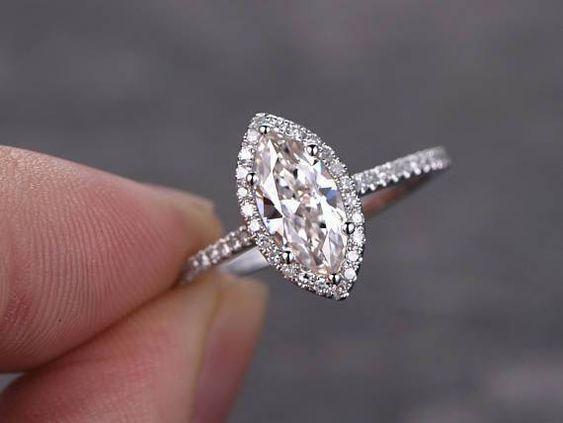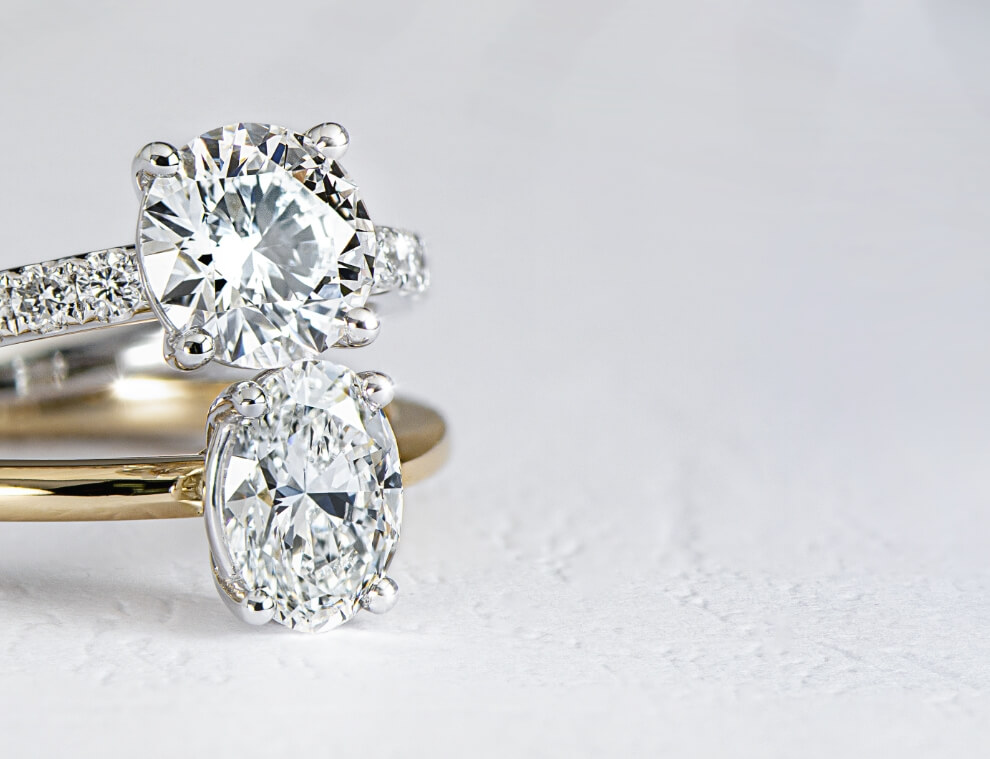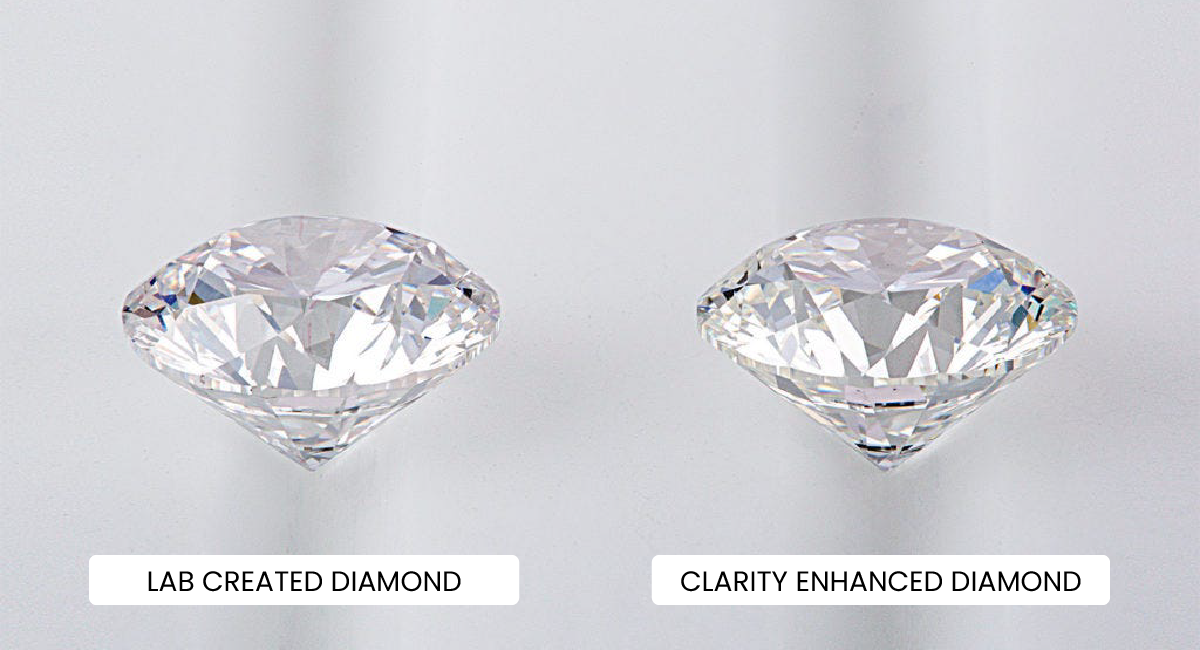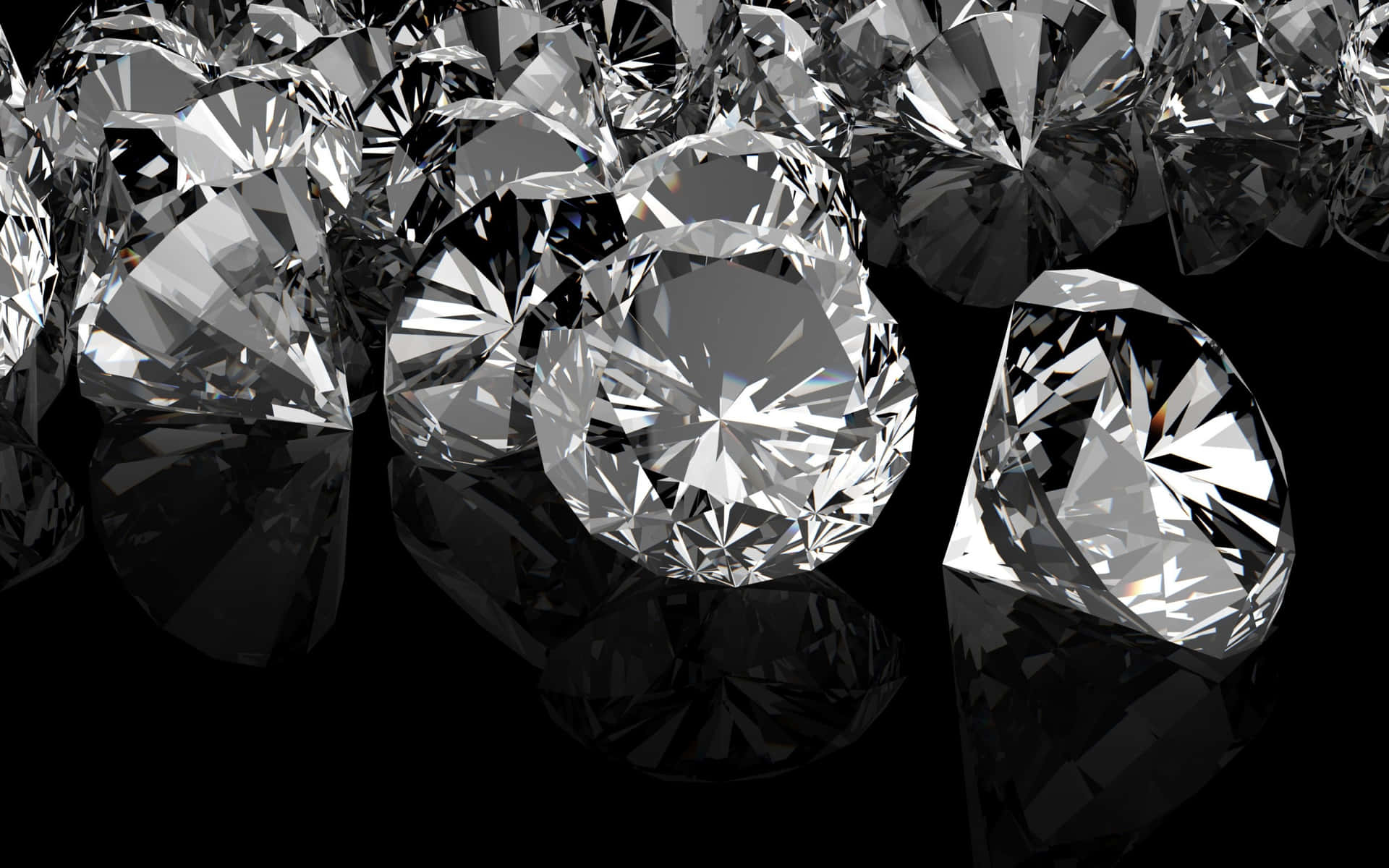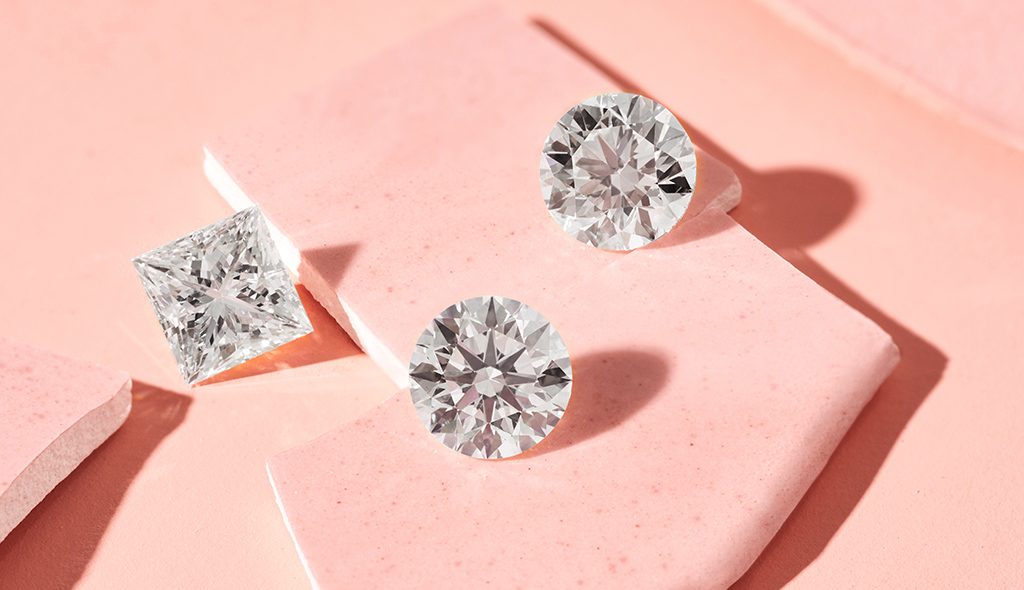Diamonds have long been regarded as the pinnacle of luxury, with their timeless beauty and rarity symbolizing love, commitment, and status. Yet, as society becomes increasingly attuned to the values of sustainability, ethics, and innovation, the diamond industry has witnessed a monumental shift. One of the most revolutionary advancements is the creation of cultures and lab diamonds, which are reshaping how we understand and appreciate these coveted gems. But beyond their scientific and economic implications, lab-grown diamonds are beginning to intersect with cultures in unexpected and transformative ways, reflecting broader societal changes.
Lab-Grown Diamonds: A Scientific Breakthrough
Lab-grown diamonds are created using methods that replicate the natural conditions under which diamonds form deep within the Earth’s mantle. There are two primary techniques used: High Pressure High Temperature (HPHT) and Chemical Vapor Deposition (CVD). Both of these methods are designed to recreate the extreme conditions—high pressure, high temperature, and the introduction of carbon—that lead to the formation of natural diamonds.
The result is a diamond that is chemically, physically, and optically identical to one that has been mined, with no difference in terms of hardness, brilliance, or fire. However, lab-grown diamonds offer several distinct advantages, including reduced environmental impact and a more ethical supply chain. These advantages align with the growing awareness of the impact of traditional diamond mining on both the environment and local communities.
Cultural Shifts and Consumer Expectations
The concept of “luxury” has evolved over the years. In the past, diamonds were considered luxury goods that could only be acquired by those with significant financial resources. In many cultures, owning diamonds was a marker of wealth, success, and social status. However, as awareness of social and environmental issues increases, consumers are starting to place greater value on the ethical implications of their purchases.
Millennials and Gen Z, in particular, are driving this cultural shift. These generations are more socially and environmentally conscious than their predecessors and are demanding greater transparency from the brands they support. They are also rejecting products that contribute to negative environmental or social impacts, such as conflict diamonds, which have historically been linked to violence and exploitation in countries like Sierra Leone and the Democratic Republic of the Congo.
Lab-grown diamonds align well with the values of these generations. They provide a beautiful, luxurious alternative to mined diamonds without the ethical and environmental baggage. As a result, lab-grown diamonds have become increasingly popular among consumers looking for jewelry that reflects their values—luxury, beauty, and ethical responsibility.
Global Cultural Perceptions of Lab Diamonds
The rise of lab-grown diamonds is not just an American or European phenomenon; it’s a global movement. Cultural attitudes toward diamonds vary widely across different regions, and the growing appeal of lab-grown diamonds reflects changing societal norms worldwide.
- In the United States: Lab-grown diamonds have been particularly well-received by consumers who are seeking an eco-conscious and cost-effective alternative to mined diamonds. Many Americans are beginning to view lab-grown diamonds not as inferior or fake, but as a more responsible, modern option. They appreciate that lab-grown diamonds allow for more affordable luxury without compromising on quality.
- In India: India has long been a major player in the diamond industry, both as a consumer market and a hub for diamond cutting and polishing. Lab-grown diamonds have gained traction in India, where the industry is often associated with traditional values of craftsmanship and family heritage. Lab-grown diamonds offer a way for consumers to partake in the country’s rich diamond culture while being mindful of sustainability.
- In China: China’s market for diamonds has rapidly expanded, and younger consumers in particular are increasingly looking for diamonds that align with their values. Lab-grown diamonds are gaining popularity among the affluent Chinese consumer base, who see them as a way to express luxury without contributing to the environmental degradation associated with traditional mining.
- In the Middle East: The Middle East, known for its rich history of fine jewelry and opulent spending, has traditionally been a market for high-end, luxury diamonds. However, the growing influence of younger, more environmentally conscious consumers in the region is fostering a shift toward lab-grown diamonds. The Middle Eastern market is increasingly prioritizing sustainability, prompting a shift in how luxury is defined and purchased.
Cultural Significance of Diamonds in Celebrations and Traditions
Diamonds have always held cultural significance, particularly in celebrations of love and commitment. The practice of giving diamond engagement rings is ubiquitous in Western cultures and has been a symbol of romantic commitment for generations. The cultural tradition of gifting diamonds is now being extended to include lab-grown diamonds, offering a more ethical and sustainable option for couples.
However, lab made diamonds also raise interesting questions about the evolving cultural significance of diamonds. In some cultures, diamonds are still seen as rare and precious, which can make the notion of a lab-grown diamond seem somewhat at odds with these established norms. Yet, as consumer preferences continue to evolve, many cultures are adapting to the idea that luxury does not need to be rooted in scarcity or environmental harm.
Moreover, in a world where authenticity and transparency are increasingly valued, lab-grown diamonds are offering a new kind of cultural symbolism. They are becoming symbols of responsible luxury—luxury that is not defined by its environmental or social costs, but by its commitment to sustainability and ethical practices.
The Role of Cultural Narratives in the Adoption of Lab Diamonds
Cultural narratives are a powerful force in shaping consumer behaviors, and the rise of lab-grown diamonds is accompanied by a shift in these narratives. Traditionally, the story of diamonds was about rarity and the deep, natural processes that take millions of years to unfold. But today, the narrative is changing: lab-grown diamonds are now seen as symbols of technological advancement, innovation, and conscious consumerism.
Consumers are no longer just looking for a “diamond”; they are seeking a product that represents their values—whether it be sustainability, ethical sourcing, or affordability. The cultural story of diamonds is no longer just one of luxury; it’s about luxury that respects the planet, empowers communities, and embraces the future.
Conclusion: The Intersection of Cultures and Lab Diamonds
As lab-grown diamonds continue to gain traction, they are influencing and being influenced by global cultures in significant ways. From ethical considerations to economic accessibility, these diamonds are reshaping consumer expectations and challenging long-held traditions. They represent a new cultural paradigm—one where beauty and luxury coexist with responsibility and transparency.
Lab-grown diamonds are not just a product; they are a cultural phenomenon, symbolizing a shift toward a more sustainable and ethical future. As the diamond industry continues to evolve, these diamonds offer a reflection of our changing values—values that are more inclusive, more environmentally conscious, and more aligned with the cultural demands of the modern world.


